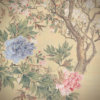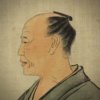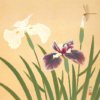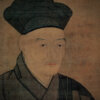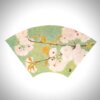Ezaki Kōhei: A Japanese-Style Painter Who Was Widely Active in the Art World of the Shōwa Period
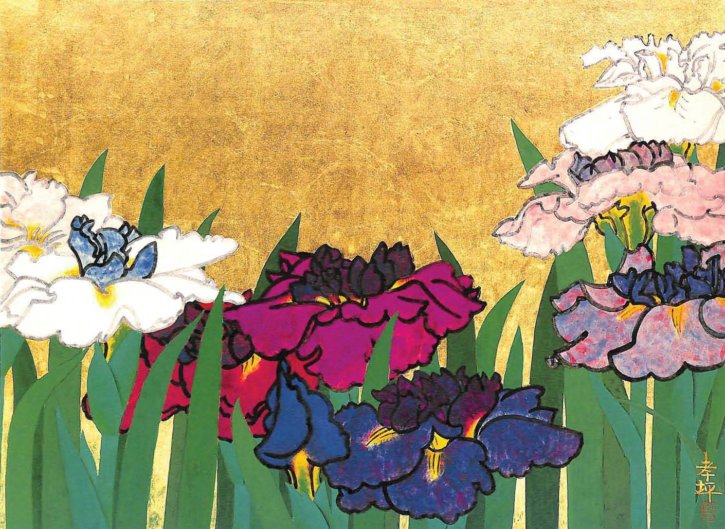
The picture reminds us of a plump and well-rounded woman because it was drawn by the large brushstrokes. Colorful irises are competing for their beauties with each other on the gold background. The petals are fringed with thick and black lines to accentuate their shapes and colors. It is a masculine irises figure.
The painter named Ezaki Kōhei was born in 1904 in Nagano Prefecture. He studied under Maeda Seison and was accepted for the 8th Teiten Exhibition in 1927 his first time ever. After that, he kept on exhibiting his works at the Teiten Exhibitions. He drew illustrations for historical novels authored by Yoshikawa Eiji while he was active in the Japan Art Exhibitions and achieved works in a wide range of fields including costumes authentication for a movie entitled “Seven Samurai” directed by Kurosawa Akira. The large and powerful brushstrokes might be succeeded from his master.
An Auspicious Day
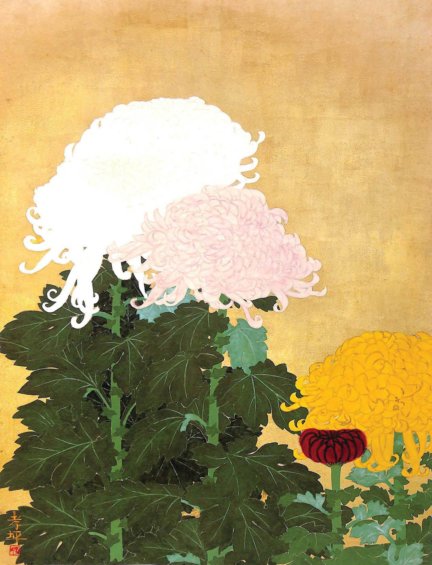
The largely flowered chrysanthemums that symbolize autumn itself, and the light red, white, and yellow chrysanthemums exert the presence on the screen. After all, it is reminiscent of a large and plump woman. That is the reason why it can be the screen that makes us feel so much warmth. Although the number of colors may look slightly dreary because it is not used as much as “Irises” perhaps, the painting is not distracted but well arranged. The dreariness can be interesting because it really looks like a cloud in a clear autumn sky.

